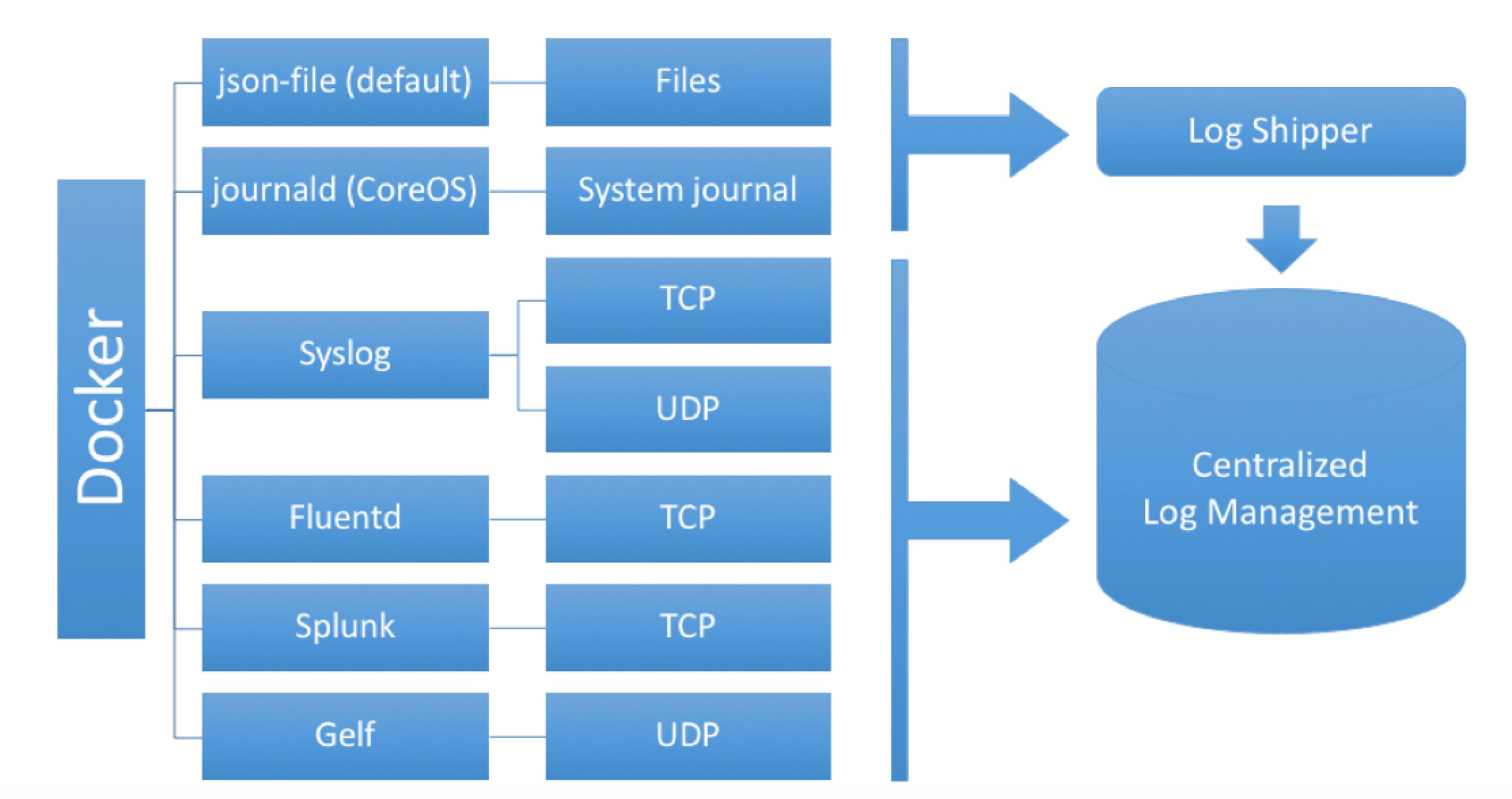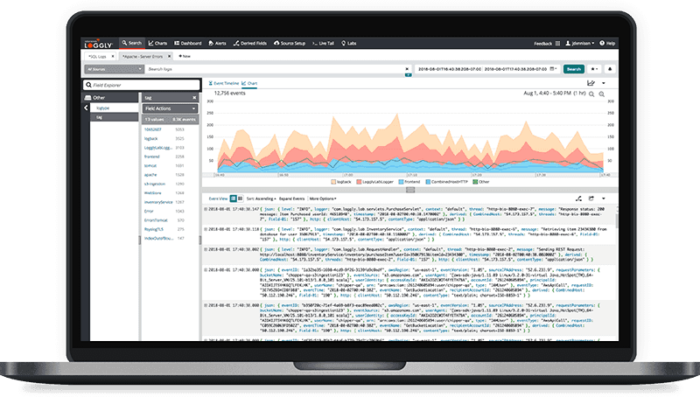
One of the primary ways to get logs into Loki is with the use of Promtail, also easily deployed the same way. Loki is actually quite easy to deploy as single binary either via the command line or in Docker. And so I set out to see what I could accomplish. Presented with an amazing way to discover and consume logs in relationship to Prometheus and Kubernetes with microservices – it didn’t immediately occur to me to capture standalone network logs with Loki in this same fashion. My first exposure to Loki came recently during my first days at Grafana Labs. This now becomes a tale of how I came to love logs. What I really needed was some Open Source goodness. I needed to collect data from more than a dozen systems and I’m running on Linux and MacOS.
#Docker syslog servers free#
Most of the attention grabbing “6 Free Syslog Servers” links turned into a fair number of Windows utilities but each still pretty limited to just a few hosts at a time.

But all I had to work with was Syslog.Ī search on Google for “Syslog Collector” presented me 342,000 results to start my effort. My initial challenge to tackle involved understanding why my wireless devices were having intermittent network instability and which (if any) of my wireless access points were having the most number of issues. And two, I have a handful of home lab servers, an increasingly complex network, and storage devices that are hard to see what they’re doing all the time.

One, I discovered Loki, Grafana’s log aggregation system. Do you remember the days of creating shared NAS exports and just writing out logs until they filled up? (Yeah – me neither… ahem…) But recently two things have come to light in the last few months that make this hopefully an interesting story to tell. That’s not to say I haven’t combed through my fair share of application logs across hundreds of end points. Almost to a fault – I largely ignored logs. I’ll be the first to admit that I’ve always been a metrics person.


 0 kommentar(er)
0 kommentar(er)
